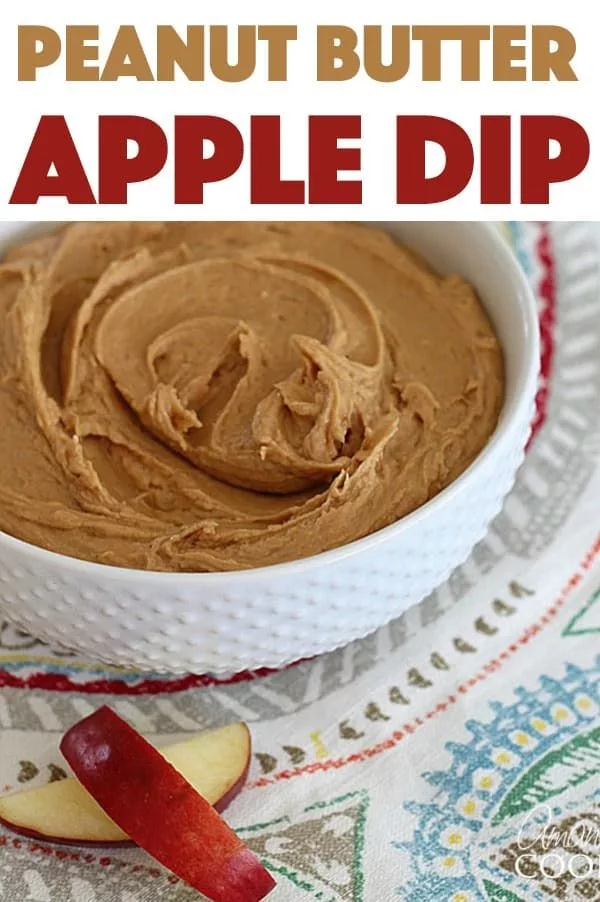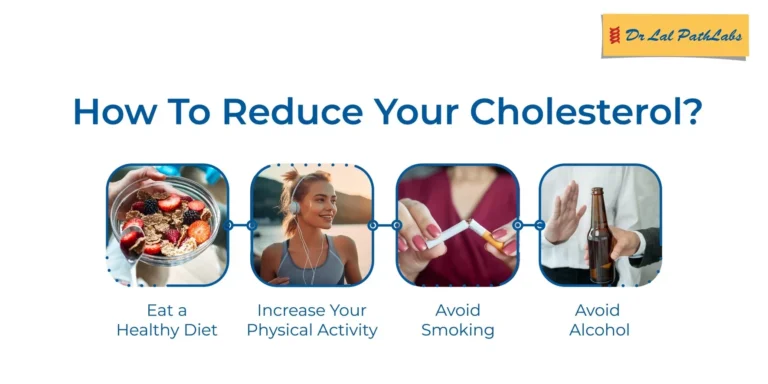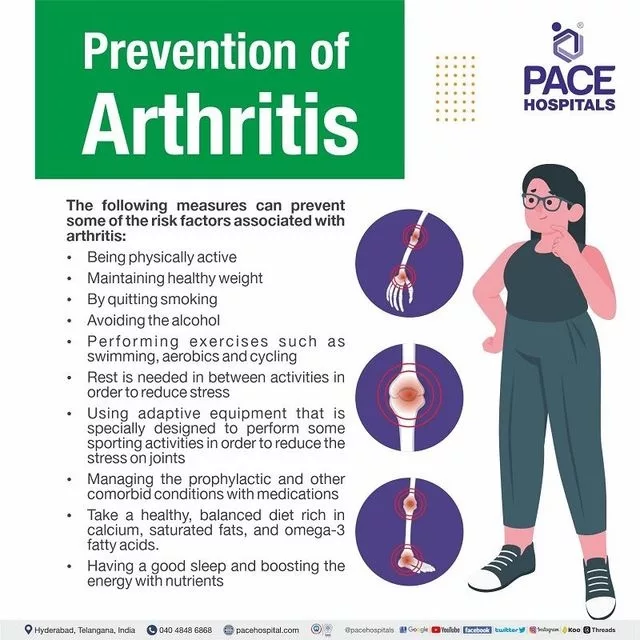Nutritious and Delicious Porridge: A Recommended Menu for a Healthy Diet
Hello, our restaurant offers a variety of menus for a healthy diet. Among them, there is a menu that we particularly want to recommend today. It’s the nutritious and delicious porridge. It’s a menu we highly recommend to those who wish to maintain a healthy diet. The porridge we make daily with various ingredients is rich in nutrients and tailored to suit your taste.
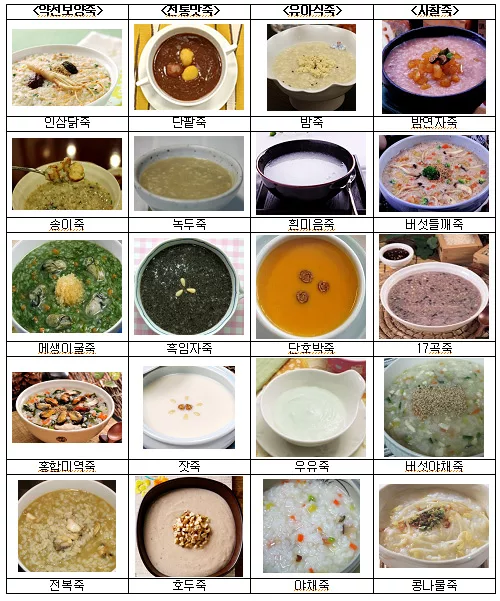
What is Porridge? The Basis of a Healthy Diet
Porridge has been a beloved food by many people, both in the past and present. It is a nutritious food made by boiling water, grains, and various ingredients together. Porridge is smooth and easy to digest, making it a great diet for children, the elderly, and patients. The reasons for recommending porridge for a healthy diet are as follows:
- First, porridge is easy to digest, allowing for effective absorption of nutrients.
- Second, it allows for the simultaneous enjoyment of taste and nutrition by utilizing various ingredients.
- Third, you can enjoy different flavors every day with various cooking methods. Now, let’s take a closer look at the nutritious and delicious porridge made with various ingredients.
Various Ingredients, Infinite Possibilities
While porridge is based on water and grains, a variety of ingredients can be used in porridge. Vegetables, meat, seafood, and eggs can be used to create porridge that does not compromise on taste and nutrition. For example, vegetable-based porridge is rich in vitamins and minerals, while meat or seafood-based porridge provides protein. Adding eggs can further enrich the nutritional value. Thus, porridge, which allows for the enjoyment of different tastes and nutrients every day using various ingredients, is an essential food for a healthy diet.

Introducing the Main Ingredients of Nutrient-Rich Porridge
Since porridge is made with various ingredients, each ingredient contains different nutrients. For example, rice, a grain, is rich in carbohydrates and dietary fiber, while carrots, a vegetable, are abundant in beta-carotene and vitamin A. Meat or seafood contains protein and various minerals. Thus, knowing and using the nutrients of various ingredients can help create nutrient-rich porridge.
Cooking Methods for Porridge Considering Taste and Health
When cooking porridge, it is important to consider both taste and health. For example, salt or seasoning can be used to enrich the flavor of porridge, but excessive intake may not be good for health. Therefore, it is necessary to use an appropriate amount of salt and seasoning, considering both taste and health. Also, ingredients should be finely chopped or ground to create a smooth texture. Such prepared porridge will be a food rich in both taste and nutrients, beneficial for health.
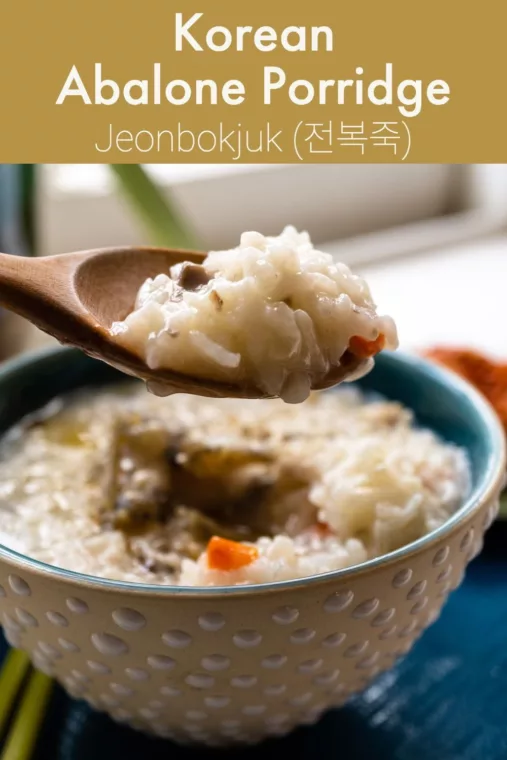
Three Perfect Porridge Recipes for Breakfast
Eating nutritious and delicious porridge for breakfast is beneficial. For example, vegetable-based porridge can supply abundant vitamins and minerals, and adding eggs can provide protein. Three suitable porridge recipes for breakfast are as follows:
- Vegetable and Egg Porridge: Make a moist and delicious porridge by finely chopping various vegetables like carrots, broccoli, and onions, and adding beaten eggs.
- Grain and Meat Porridge: You can make nutrition-rich porridge by boiling brown rice and chicken together.
- Seafood Porridge: Fresh and delicious porridge can be made by utilizing various seafood.
Recommendations for Porridge Menus as Lunch or Dinner Alternatives
We also recommend various menus that can substitute for lunch or dinner with porridge. For example, instead of boiling porridge, you can make fried rice or noodles based on porridge. Also, you can add additional ingredients to porridge to enhance its flavor. Recommendations for suitable porridge menus as lunch or dinner alternatives are as follows:
- Porridge Fried Rice: Enjoy a delicious meal by frying leftover porridge with vegetables, meat, and eggs.
- Porridge Noodles: If you add noodles to rice porridge and fry them, a delicious noodle dish is completed.
- Porridge with Additional Ingredients: For example, you can make spicy and flavorful seafood porridge by adding seafood.

Preparing Porridge Suitable for Recovery from Illness
It’s a good idea to prepare nutrient-rich porridge during the recovery period from illness. For patients who find it difficult to digest food and have no appetite, it is recommended to prepare smooth and easily digestible porridge. To prepare porridge suitable for the recovery period, you should know the following tips:
- Use finely chopped ingredients: It is better to avoid large pieces that can be caught in the mouth when patients eat porridge.
- Use seasonings sparingly: Patients recovering from illness may not benefit from excessive seasoning or salt intake.
- Choose ingredients considering nutrients: Depending on the patients’ conditions, select ingredients considering proteins, vitamins, and other nutrients.
Porridge for Diet and Weight Management
Porridge is also a good choice for diet and weight management. Since porridge is easy to digest and low in calories, it is an appropriate food for meal replacement. Also, you can sufficiently intake nutrients by utilizing various ingredients. For example, porridge made with meat or seafood provides protein, while vegetable-based porridge allows for the intake of abundant vitamins and minerals. When preparing porridge for diet and weight management, it is necessary to cook considering calorie count and nutrient intake.
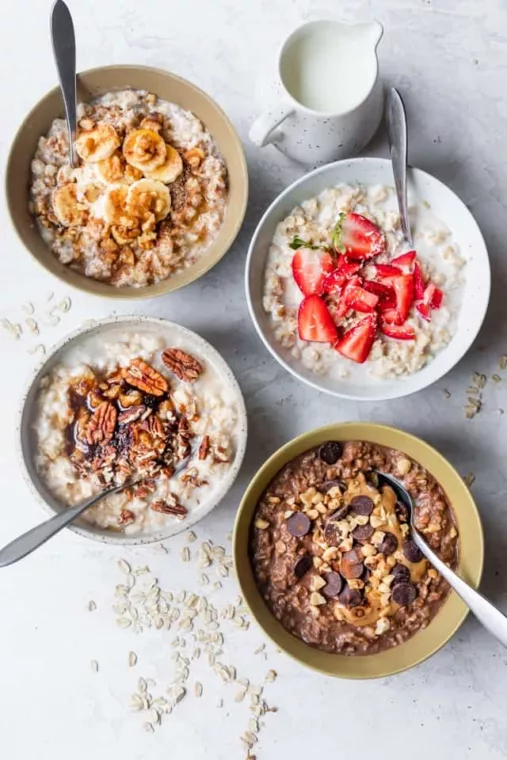
Soft Porridge Recipes for Children and the Elderly
For children and the elderly, soft and easily digestible porridge recipes are beneficial. For example, you can create a smooth texture by finely chopping vegetables and meat and mashing the ingredients. Soft porridge recipes for children and the elderly are as follows:
- Porridge Made with Vegetables and Stock: Boil various vegetables like onions, carrots, and broccoli with stock to create a smooth and delicious porridge.
- Porridge Made with Grains and Milk: You can make soft and savory porridge by boiling grains like brown rice or barley with milk.
- Porridge Made by Mashing Meat and Vegetables: Smooth-textured porridge is completed by softly cooking and mashing meat and vegetables.
Tips for Storing and Reheating Porridge Without Losing Taste and Nutrition
When storing and reheating porridge, care should be taken not to lose taste and nutrition. For example, when storing porridge in the refrigerator, it should be placed in a clean container. Additionally, when reheating, it should be heated at the appropriate time and temperature to maintain taste and nutrition. Tips for storing and reheating porridge without losing taste and nutrition are as follows:
- Store in the refrigerator: Porridge should be placed in the refrigerator as soon as possible. It’s good to store it in a clean container.
- Heat at the appropriate time and temperature when reheating: When reheating porridge, it should be heated at the appropriate time and temperature to maintain taste and nutrition.
- Add water or stock when heating: If the porridge has become too dry, adding water or stock when heating can make it moist and delicious.

Juk (Korean porridge) is a representative food of a healthy diet full of flavor and nutrition. By using various ingredients, you can enjoy different tastes and nutrients every day, and it can be utilized in various menus from breakfast to lunch and dinner. It is also a good choice for those recovering from illness, dieting, children, and the elderly. When storing and reheating juk, you need to be careful to maintain its taste and nutrition. Now, let’s make juk full of flavor and nutrition by using a variety of ingredients and cooking methods!


